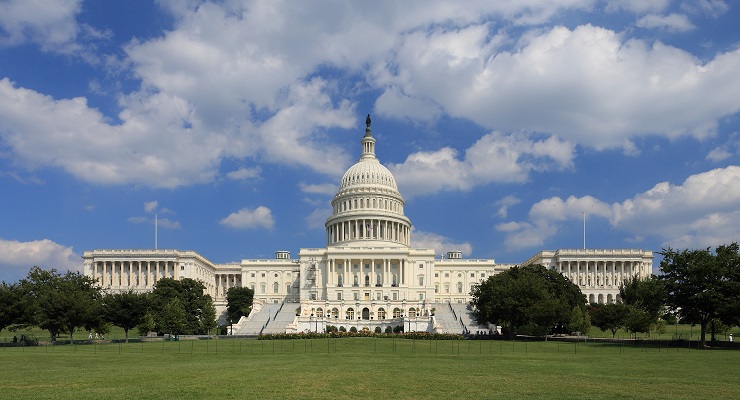
This article by Michael Waldman is published by The Brennan Center for Justice. Here is an excerpt:
On Tuesday, Sens. Patrick Leahy (D-VT) and Dick Durbin (D-IL) introduced the John R. Lewis Voting Rights Advancement Act. In August, the House passed its version of this critical bill to shield American voters from racial discrimination at the ballot box. The goal of the legislation is to restore the Voting Rights Act of 1965 to its full protective glory. Right now, that landmark law’s effectiveness has been undermined by two Supreme Court decisions.
In 2013, the Court gutted the law’s most powerful provision. Under Section 5, jurisdictions with a history of racial discrimination in voting had to get federal approval, or preclearance, before implementing changes to their voting policies. In Shelby County v. Holder, a majority of the Court said that the criteria for determining which jurisdictions engaged in discriminatory voting practices was outdated and didn’t reflect the racial progress the country had made. Immediately afterward, jurisdictions once covered under preclearance started to aggressively implement new restrictive voting policies.
Then this summer, the Court also made it harder to challenge discriminatory voting laws under Section 2 of the Voting Rights Act. The majority did this by setting aside decades of precedent. Rather than examining the way that centuries of discrimination interact with a particular voting policy to produce discrimination at the ballot box (as courts have done for decades), the Supreme Court instead created new “guideposts” to determine if discrimination was serious enough for judges to get involved. These guideposts are skewed in a way that makes it much harder for courts to root out voting discrimination, chalking up real burdens to “mere inconveniences.”
Read the full article here.
Leave a Reply